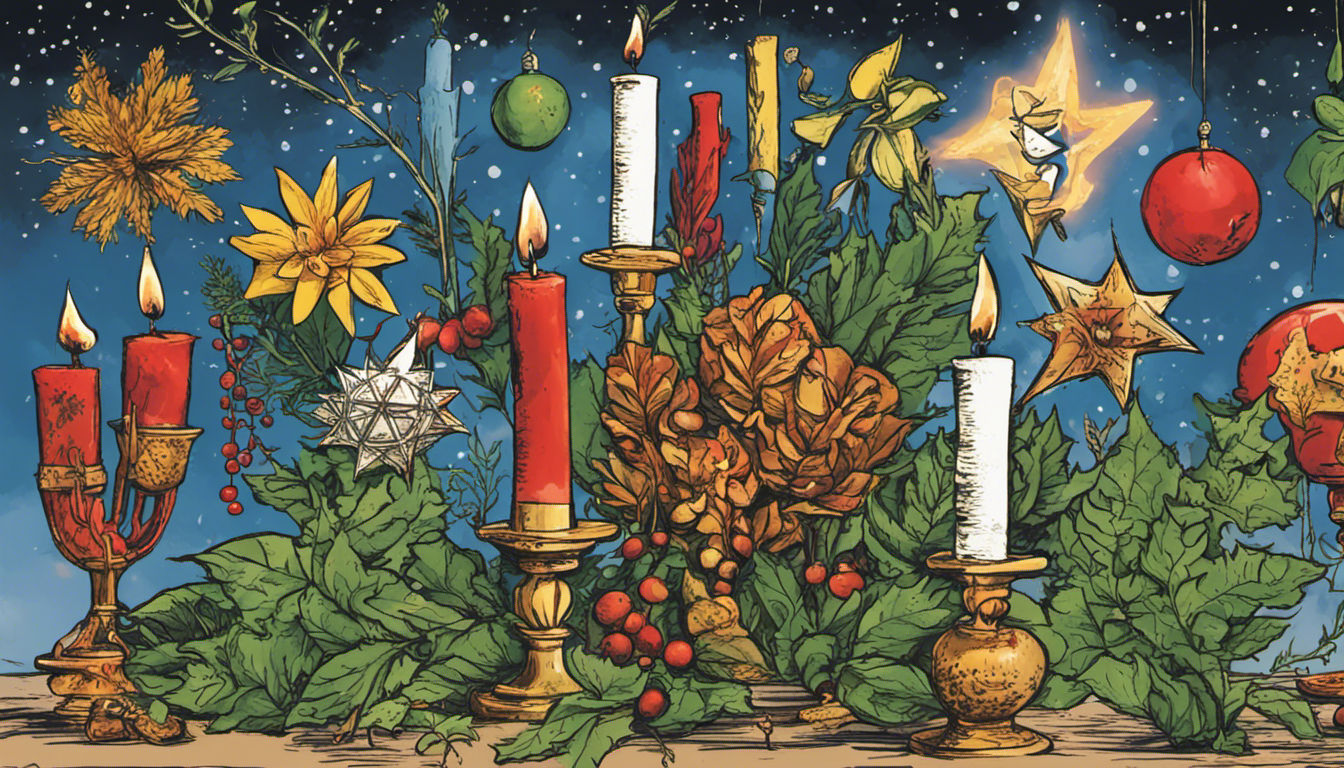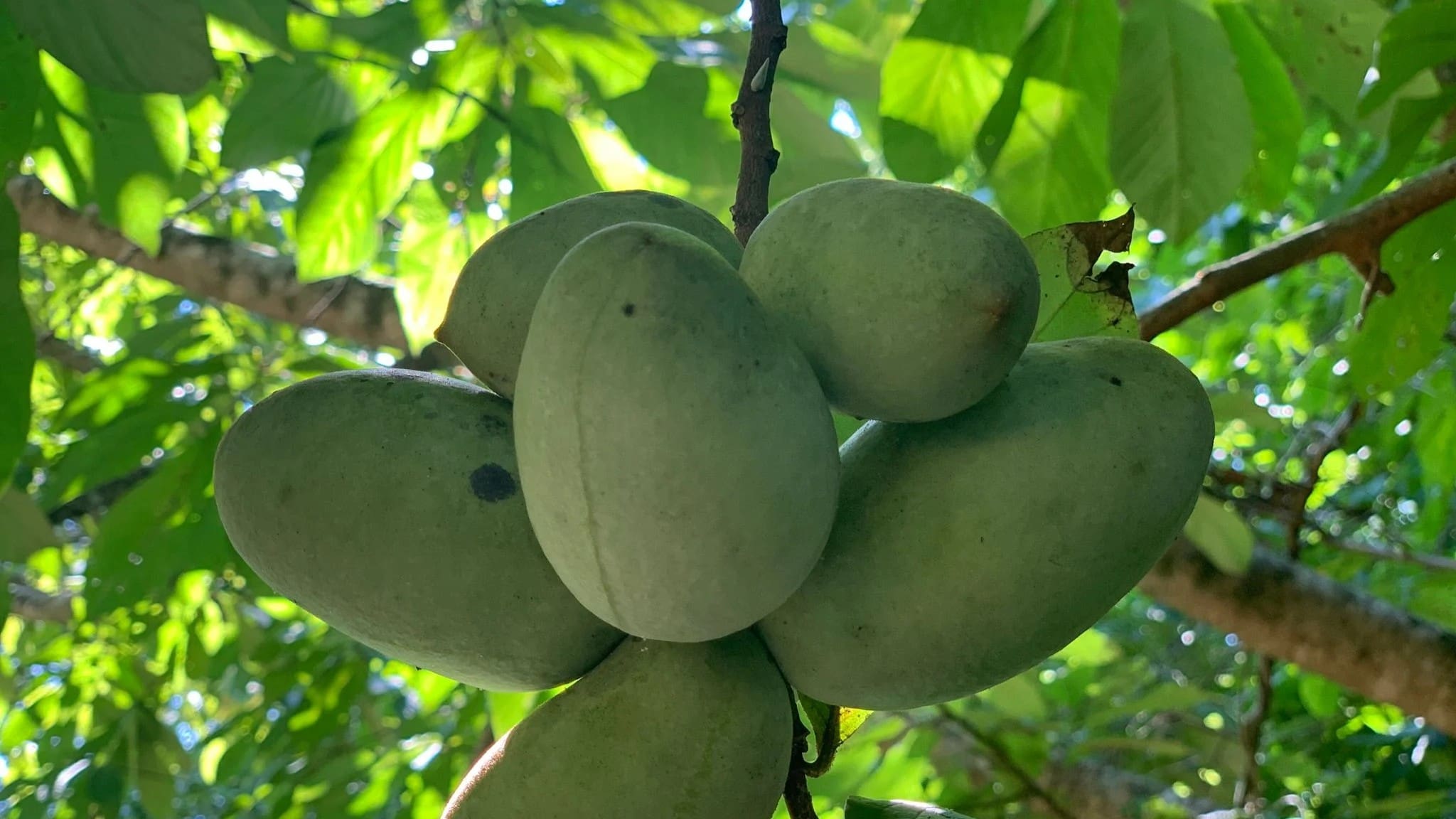Joe-Pye-Weed (Eutrochium)
 The common name “Joe-Pye-weed” comes from a Mohican chief named Schauquethqueat (1740-1785) who took the Christian name of Joseph Pye. Member of the Asteraceae family, the plant was originally placed within the genus Eupatorium (which includes the Bonesets, Thoroughworts, and Fennel). Then in 1987 it was moved to the genus Eupatoriadelphus, and finally moved again in 1999 to Eutrochium, a genus that had first been proposed in the 1800s by French-American botanist Constantine Samuel Rafinesque.
The common name “Joe-Pye-weed” comes from a Mohican chief named Schauquethqueat (1740-1785) who took the Christian name of Joseph Pye. Member of the Asteraceae family, the plant was originally placed within the genus Eupatorium (which includes the Bonesets, Thoroughworts, and Fennel). Then in 1987 it was moved to the genus Eupatoriadelphus, and finally moved again in 1999 to Eutrochium, a genus that had first been proposed in the 1800s by French-American botanist Constantine Samuel Rafinesque.
In general, Eutrochiums tend to have whorled leaves and pinkish flowers (whereas Eupatoriums usually have opposite leaves and white flowers). Of the four native South Carolina Eutrochium species (two more can be found along the Blue Ridge Parkway and at other higher elevations to our north), the most common are Hollow-stem Joe-Pye-weed (E. fistulosum) and Purple-node Joe-Pye-weed (E. purpureum var. purpureum).
The common names call attention to characteristics that help identify the species (although, to me, the Purple-node flowers are very light pink to almost white!). The Hollow-stem Joe-Pye-weed is usually found in moist areas along roadsides and in fields, while the Purple-node Joe-Pye-weed is more often found on forest trails.
 Members of the Aster family, these Joe-Pye-weeds have only disc flowers (the ray flowers are absent). The active ingredient of the root extract is called “euparin,” and the plant’s roots, leaves, and flower bud have traditionally been used to treat typhus, reduce fever, address urinary tract issues, relieve joint stiffness, and alleviate gout.
Members of the Aster family, these Joe-Pye-weeds have only disc flowers (the ray flowers are absent). The active ingredient of the root extract is called “euparin,” and the plant’s roots, leaves, and flower bud have traditionally been used to treat typhus, reduce fever, address urinary tract issues, relieve joint stiffness, and alleviate gout.
The flowers generally bloom from late summer through the early fall, and they are beginning to open this month. They are attractive to numerous pollinators, including many species of butterflies and bees. The plant also serves as a caterpillar host to several species of moths, and sparrows are attracted to the seeds after the flowers bolt.
Photo Credits: Above, J.K. Marlow (Hollow-stem). Below, D. Whitten (Purple-node)



